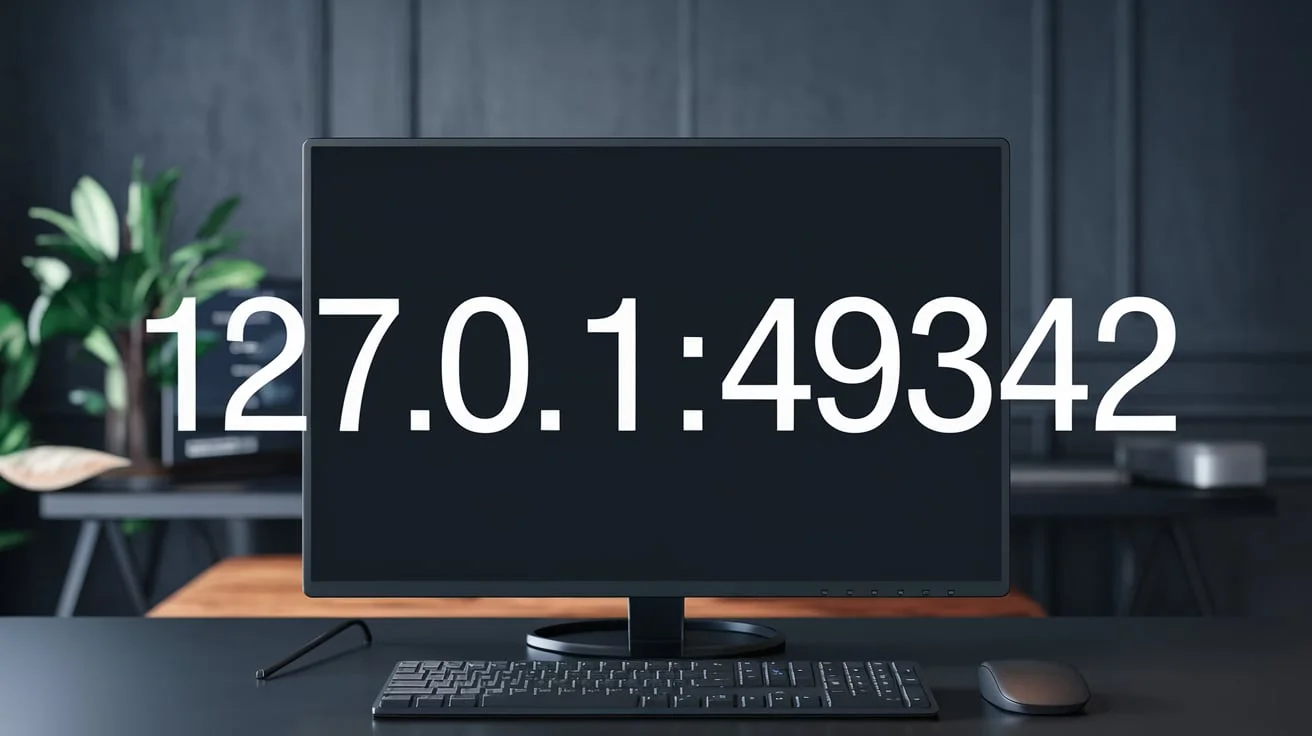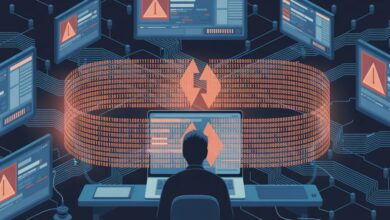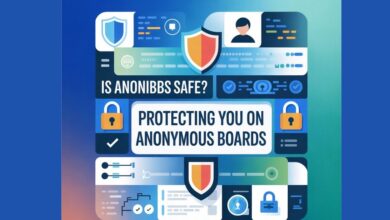What Are the Implications of 127.0.0.1:49342?

The address 127.0.0.1:49342 raises many questions or rather simplifies the function of local networking. Computer communication for the technically-inclined geek. Now it’s time to analyze what this address means, why it is delivered. And what its usage might bring in various scenarios.
Understanding 127.0.0.1:49342
- IP Address (127.0.1): This address is analogous to the standard IP address of “localhost” that is normally prescribed as 127.000.1. It depicts the loopback address range through which one device can easily connect to the other as a single device. Although one of the most common loopback address is 127.0.0.1, other addressing in the range 127.0.x.x. May also be utilized as a loopback address depending on the system’s settings. It is useful for services running on the same machine used internally without requiring an outside network.
- Port (49342):The number after the colon, 49342, is a port, an individual connection point. To a device providing a way to speak using the protocols of a network. Port has values between 0 and 65535, with some port assigned for specific communication type only. Ports over 49151 are called “ Datagram” or “Temporary” because they are assigned. By the system for a certain operation such as to connect to a certain service or for a certain session only.
Together, “127.0.1:49342” represents a system’s loopback address as the destination address with an ephemeral port allocated to perform a temporary.
What Is the Purpose of “127.0.0.1:49342”?
The address “127.0.0.1:49342” seems to be used in a wide variety of circumstances. Although it seems most commonly used for internal processes on a machine:
- Testing and Development: Loopback addresses of 127.0.0.1 well as 127.0.1 can be used in application development. By the developers for testing an application before the application is released to the market. This makes a program capable of mimicking the client-server intercourse without having to involve other servers, internet or not.
- Internal Communication for Services: Some applications need other internal services to run in a local mode of a network. For instance, host-based services such as web servers, databases and APIs implement loop-back addresses, making it convenient to interconnect them.
- Temporary Connections: The allure of the port 49342 tells that the connection is temporary thus it may be cancelled or re-allocated after use. This is well illustrated in protocols such as TCP where an application assigns or occupies a port briefly to handle one request.
Implications of Using “127.0.1:49342”
- Security Considerations: Using loopback addresses like 127.0.1:49342 can lead to security vulnerabilities if not properly configured. Services that are internal and do not need to connect to the internet should be bound closely to loopback addresses in order to allow access of unauthorized outside entities. The loopback ranges are generally limited to outside connections, however, it is possible to open them by mistake, and therefore open up otherwise protected services.
- Network Performance: Running multiple services on local ports, such as 127.0.1:49342, could pose a problem to a machine’s efficiency particularly when it is used in a device with limited resources. High activity on ephemeral ports therefore has potential adverse effects such as a general decline in performance of applications that involve local communication.
- Service Conflicts: Adjacent applications may seek to utilize the same port hence the occurrence of port contention. For instance, if a service binds to 127.0.0.1:49342 and another attempts to establish a connection via this port, an error might occur or the system may fail to connect. This can be avoided by proper configuration and monitoring so as not to allow such a conflict to arise in the first place to make local services run uninterrupted.
- Troubleshooting Challenges: For IT professionals and developers, diagnosing issues with “127.0.1:49342” connections may need to know how an ephemeral port works. As ports are temporary, correlating problems to a specific port is normally tiresome when working with high port reuse.
How to Monitor and Control Usage of “127.0.0.1:49342”
Monitoring connections to local addresses like 127.0.1:49342 which could be used to identify problems in the process. Here are a few approaches to managing and troubleshooting these connections:
- Use System Monitoring Tools: Tools like netstat and lsof can help track active connections on loopback addresses, allowing administrators to spot any unusual activity on 127.0.0.1:49342.
- Enable Logging for Critical Services: Implement logging for services that bind to specific local ports. This allows IT teams to maintain detailed records of service activities. Which can be useful for diagnosing issues or investigating security incidents.
- Enforce Firewall Rules: Although loopback addresses are generally internal. It’s a best practice to enforce firewall rules that restrict access to services on local ports, enhancing security.
Conclusion
The implications of 127.0.0.1:49342 may seem like unpronounceable technical jargon. But they represent the importance of local networking in today’s computing. It also shows how systems manage intricate internal interactions right from the retainment of internal services. To guaranteeing efficient communication between local applications. Understanding the role of addresses like 127.0.0.1:49342 enables clients to protect and upgrade their systems while in development environments, testing, or in day to day usage.



